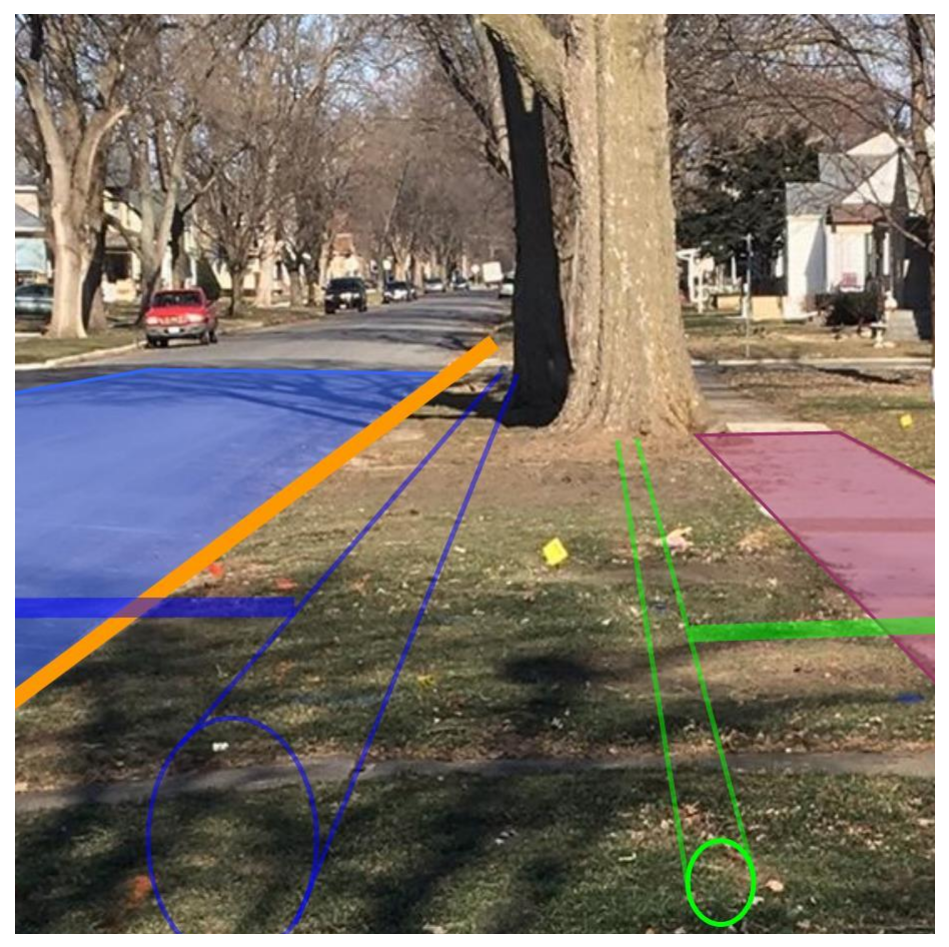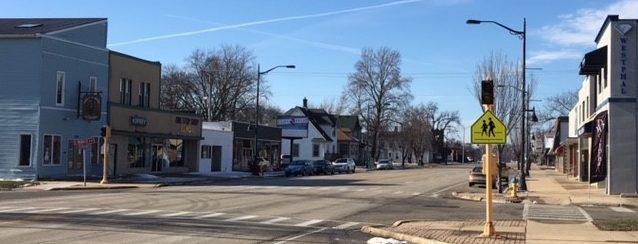
 The road right-of-way in a municipality typically refers to property owned by the town or city. The property is generally in line with the “road” and wider than the road. Typically, the road right-of-way (ROW) is 50 to 100 feet wide. Not all roads have a “right-of-way”. A road may be on an easement or just have been where it is for a long time and have what is commonly called a “prescriptive ROW”.
The road right-of-way in a municipality typically refers to property owned by the town or city. The property is generally in line with the “road” and wider than the road. Typically, the road right-of-way (ROW) is 50 to 100 feet wide. Not all roads have a “right-of-way”. A road may be on an easement or just have been where it is for a long time and have what is commonly called a “prescriptive ROW”.
Why is the ROW wider than the road? From and engineer’s perspective, the ROW is wide than the road in order to provide room for:
- Proper drainage
- Maintenance
- Public utilities
- Sidewalks and bike lanes
- A landscaped terrace
- Future improvement
- Control
Why are utility companies allowed to use the ROW? Cities and towns have agreements with utility companies and there are various laws that establish the rights of utility companies to use public ROWs. The relationship between road owners and utilities has evolved over a long period of time. Keep in mind, not all utilities are located in the ROW. The main lines are often in a private easement right next to the ROW. The service lines that run from the main lines to a house or business may not be located on a ROW or easement at all.
Why do people mow and care for the ROW landscape terrace if they don’t own it? It is often not practical for a town or city to mow the grass or maintain landscaping on the strip of open area they own in the ROW. In this case, the adjacent home owner usually mows the grass, plants trees, and places landscaping to keep the area attractive. The municipality usually has rules about the types and location of trees and other landscaping home owners can place in the ROW terrace. They also trim and remove trees from time to time. It is more or less a handshake agreement where the home owner agrees to do some work in return for some freedom of expression.
How do you know where the ROW ends? The best way to determine where the ROW ends is to have your property surveyed. Sometimes there are “ROW Markers” or an iron rod in the ground to mark the location. Another indication is the sidewalk location. A sidewalk is usually placed about a foot from the ROW edge with all of the sidewalk in the ROW area. However, markers, steel rods, sidewalks and other typical property limit indicators are not reliable. They may be useful but should not be relied on when making important decisions; particularly improvements that cost money or require significant work.
In closing, it is important to remember the road right-of-way is usually owned by a town, city, county, or state. The ROW owner’s interests don’t always align with those of the adjacent land owners. For example, a state highway may be widened to benefit the public in general but much to the disappointment of neighboring home owners. Keep this in mind when planning the use of your property and participate in roadway planning and design that impacts your property as early in the process as is possible.
